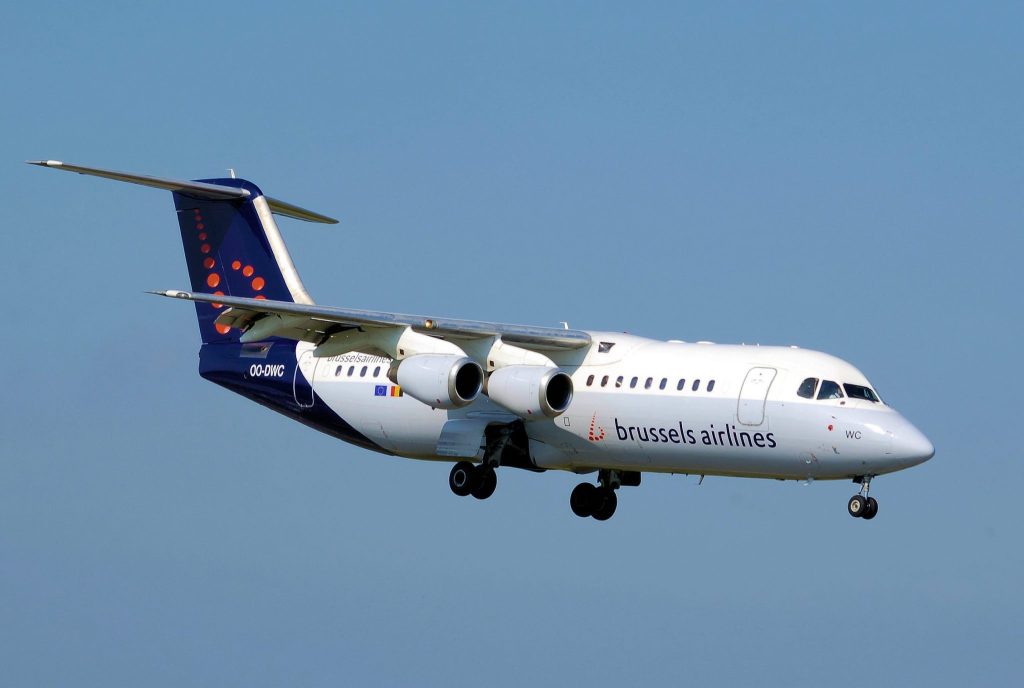Honeywell IoT software solution allows airlines to reduce aircraft fuel consumption
U.S. firm Honeywell announced it is helping two European airlines to reduce fuel use on 71 aircraft through its connected aircraft GoDirect fuel efficiency software.
The technology now being deployed by Brussels Airlines and Air Serbia is part of Honeywell’s GoDirect suite of more than 50 connected aircraft services.
Honeywell’s offering uses data analysis, reporting and monitoring tools to identify fuel-saving opportunities that make flying more cost-efficient. The software collects, monitors and analyzes data for operators to help them optimize fuel efficiency across the fleet.
The system communicates to pilots the most fuel-efficient flight paths that will reduce the amount of fuel used on every flight, the company said.
“One of the biggest pressures facing airlines today is improving operational efficiency while meeting very tight margins,” said David Shilliday, vice president, Airlines – Europe Middle East, Africa and India for the company’s aerospace unit. “Honeywell’s GoDirect Fuel Efficiency software is a simple technology upgrade that collects and reveals any fuel-efficiency gaps so the flight crew can take specific routes to cut fuel costs.”
Brussels Airlines deployed GoDirect fuel efficiency software on its fleet of 50 aircraft, while Air Serbia deployed Honeywell’s software on its fleet of 21 aircraft.
Some of the airlines already using the software include Jet Airways, Lufthansa, Etihad, Finnair, Japan Airlines and Turkish Airlines.
In related news, Honeywell also announced a new series of self-diagnosing sensors designed to improve the performance of aircraft systems and reduce maintenance costs associated with false readings.
The firm’s integral health monitoring (IHM) series proximity sensors can detect when a sensor has been damaged or otherwise impacted. The patented proximity sensors can be designed into a range of aircraft systems such as thrust reverser actuation systems, flight controls, aircraft doors, cargo loading systems, evacuation slide locks and landing gear, Honeywell said.
“Aircraft operators who receive a sensor reading often cannot be sure if they have a system issue that needs to be addressed or if the sensor itself is malfunctioning,” said Graham Robinson, president of Honeywell’s sensing and internet of things business. “Leveraging Honeywell’s technical expertise in the aerospace industry, we innovated a circuit that can detect whether a sensor reading is correct or the result of damage or some other problem with the sensor itself.”
